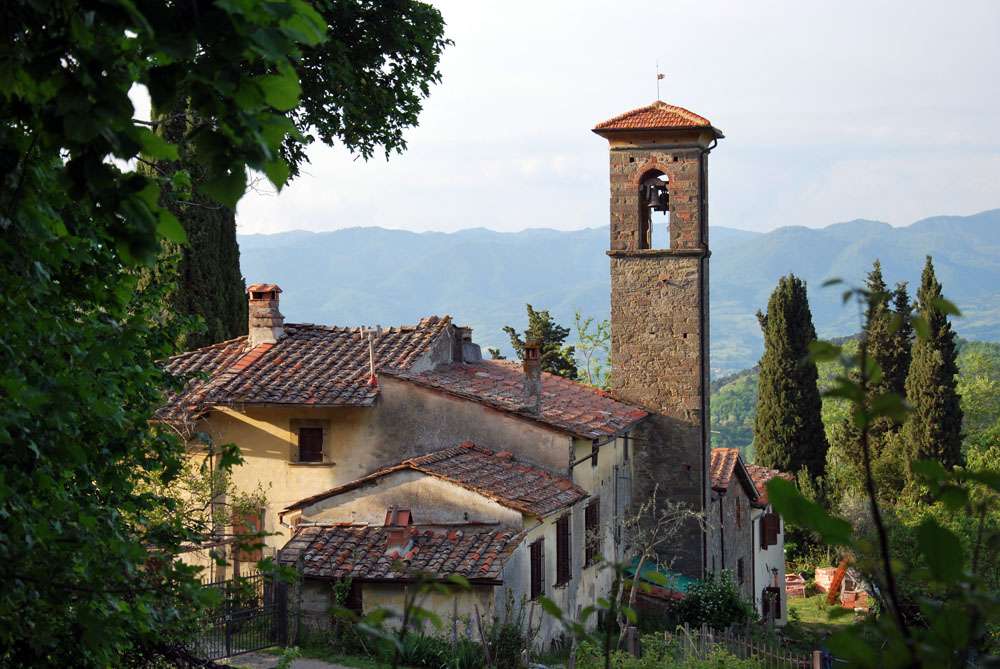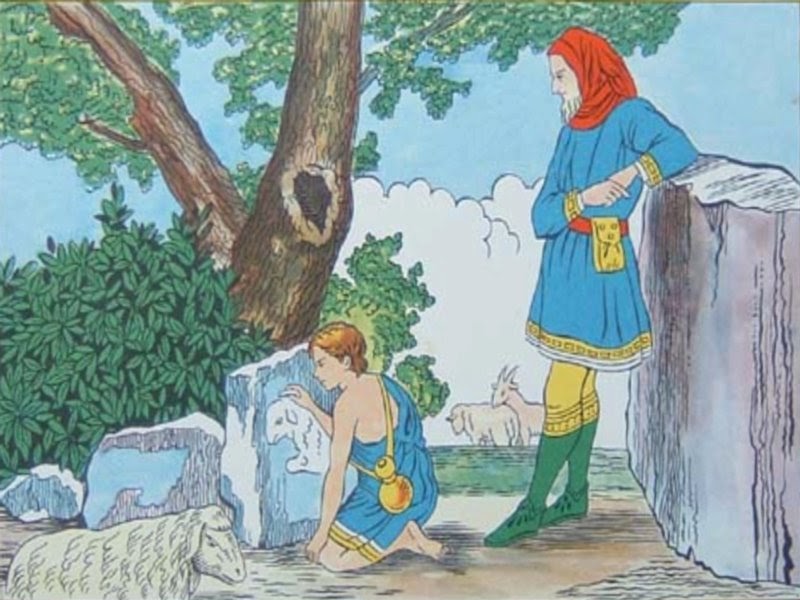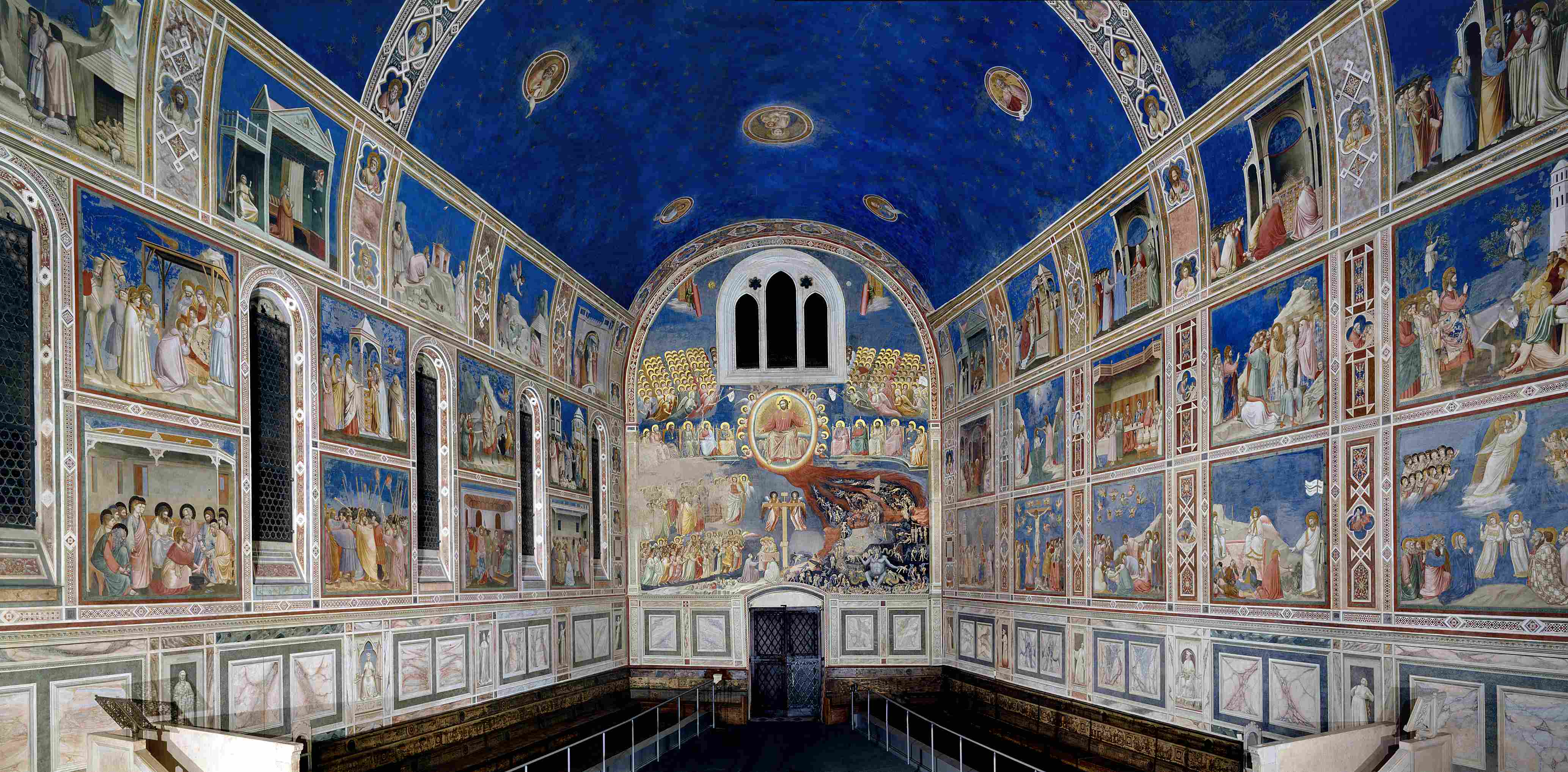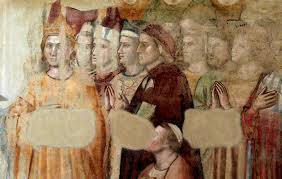Giotto, his full name was Giotto di Bondone (born between 1266 and 1276), was born in Colle di Vespignano, in the municipality of Vicchio and was the most important painter of the fourteenth century; for almost seven centuries he has been indicated as the father of painting throughout Europe and the first of the great Italian masters.
Do you know his story?
8 curiosities about Giotto, pupil of the Florentine painter Cimabue who understood his incredible talent very well and as Vasari recounted in his Lives, author of many extraordinary frescoes and not only inside chapels in Assisi, Rome, Florence, Padua and Naples .
Given that little is known of his life and his documented works are few, the attributions and a stylistic chronology of his paintings often remain problematic and subject to speculation.
- Vicchio, spectator of illustrious people

Curiously, the town that framed the first part of Giotto's life, Vicchio, is also the scene of lives of other great Tuscans in history: even Beato Angelico was born here and in this pearl of Mugello he spent part of his existence Benvenuto Cellini.
- Medieval man
 We can safely say that Giotto is to painting as Dante is to literature (among other things, they were practically peers since the High Poet was born in 1265):
We can safely say that Giotto is to painting as Dante is to literature (among other things, they were practically peers since the High Poet was born in 1265):
both created a language that can be defined, for the first time, "national" in Italy. Giotto lived in fact between the end of the 200 and the beginning of the 300, work in the historical period that by now had little or nothing of the Middle Ages: it was the man who opened the doors to Humanism.
- The relationship with Cimabue

Giotto was a pupil of Cimabue; this can also be understood from the fact that the style of Cimabue was, in some respects, similar to that of Giotto in the intention: a connection between the two seems essential. Cimabue had tried, like no artist before, to go beyond the stylized forms of the Middle Ages.
He did not quite succeed, but it seems almost certain that Giotto drew inspiration from his work, from the strength of his design and from his ability to incorporate dramatic tension into the works.
- Youth and family between myth and legend
 Before 1287, when he marries monna Ciuta (diminutive of Ricevuta), nothing is known about Giotto. Perhaps for this part of his life shrouded in mystery, all his biographers have decided to imbue his adolescence with anecdotes that are now linked to his figure, such as that of the perfect circle drawn without a compass, the sheep drawn on a boulder to the fly drawn so well on a painting by the master Cimabue that the poor man spent much of his time trying to drive it away.
Before 1287, when he marries monna Ciuta (diminutive of Ricevuta), nothing is known about Giotto. Perhaps for this part of his life shrouded in mystery, all his biographers have decided to imbue his adolescence with anecdotes that are now linked to his figure, such as that of the perfect circle drawn without a compass, the sheep drawn on a boulder to the fly drawn so well on a painting by the master Cimabue that the poor man spent much of his time trying to drive it away.
The fact is that at the end of the 90s, now husband and father, he settled in Florence and opened a shop: he would never miss his job.
From the beginning, let's take for example the Crucifix in Santa Maria Novella in Florence, it is already evident how his artistic vision was different from his other contemporary artists. Christ's body is heavy, in a pose that highlights how much he is supported only by bent legs; he is no longer the stick figure made "canonical": he is a "simple" dead man.
- Giotto's painting

How to describe his painting? Dramatic and vigorous, capable of putting man at the center of the scene. Giotto's pictorial style is unique, rich in chiaroscuro, with figures that had depth and body. In some decorations of the Scrovegni Chapel, painting is added in layers and lumps to accentuate the three-dimensional effect: a technique that has been used for centuries by some modern painters.
- Not as handsome as Leonardo
If Leonardo da Vinci was considered an adonis for the canons of the time, Giotto it was undoubtedly considered ugly. Giorgio Vasari, based on a description by Boccaccio, writes that "there was no uglier man in the city of Florence".
Giotto was 1.58 centimeters tall, was a little lame for a fall as a young man, had a big head with respect to the body, one eye smaller than the other and a bull neck.
- As a good Tuscan, with a ready joke
Always Boccaccio gives us other information about Giotto; on the 6th day of the Decameron the jurist Forese da Rabatta says: "Listen Giotto, if now a stranger who had never seen you came to meet us, seeing you so ugly would you think that you are the best painter in the world?" Giotto replies: "Yes, if looking at you, he would think you know it."
- Friend of Dante?
 In the Divine Comedy, in the 11th canto of Purgatory, Dante writes that "Cimabue believed in painting to keep the field, and now Giotto the cry, that the fame of him is dark ...".
In the Divine Comedy, in the 11th canto of Purgatory, Dante writes that "Cimabue believed in painting to keep the field, and now Giotto the cry, that the fame of him is dark ...".
The mere fact of having been mentioned by Dante, although not in a particularly flattering way, was sufficient to establish an excellent reputation at the time.
There is no evidence that the two had a relationship, but they had worked at the same courts in Italy and lived in Florence: the city at the time counted on 60,000 souls; too few to think that two illustrious fellow citizens did not know each other.
Finally, Giotto for Vasari represented the man who, even more than Cimabue, broke away from the Middle Ages and inaugurated the "good modern way". It was only in the Renaissance period, with Masaccio and Michelangelo, that his true successors were born.
image source: best 5, visit tuscany, wikipedia, memorandum, thermae abano montegrotto, paese sera










 Map
Map